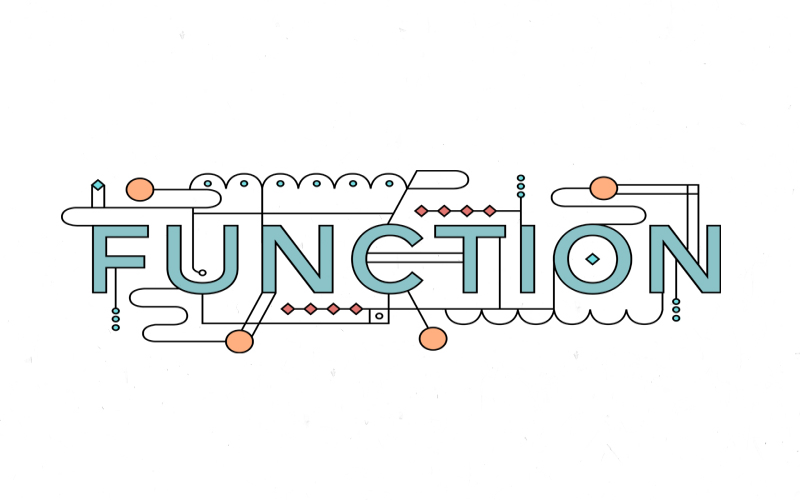At a high level, CPUs are optimized for sequential serial processing and fast branch prediction-based instruction execution. This allows them to rapidly switch between and orchestrate different computational workloads. In contrast, GPUs focus on massively parallel processing, executing the same instruction across hundreds of streamlined cores simultaneously.
This parallel architecture makes GPUs up to 100x faster than CPUs for workloads with substantial parallelization potential. While CPUs empower general-purpose computing, GPUs accelerate specialized calculations like graphics rendering and neural network training. For consumer uses, integrated GPUs usually suffice, but dedicated high-performance GPUs are essential for gaming, video editing, cryptocurrency mining, and AI development. New heterogeneous computing approaches seek to fuse CPU and GPU capabilities within single chips tailored for emerging workloads. A
s computing evolves, CPUs and GPUs balance and build upon each other’s capabilities – CPUs handle dynamic multipurpose analyses while GPUs drive increasingly critical massively parallel computation. Understanding differences in their design, speed, instruction processing, and other factors provides key insights into their respective strengths and how to coordinate CPUs and GPUs depending on application workload and computing objectives.
1. Function
At their core, CPUs, and GPUs play complementary computational roles across computer systems – CPUs orchestrate diverse general-purpose logic while GPUs massively accelerate specialized parallel processing workloads. CPUs actively switch between instruction threads and predictively load/order computational workflows to maximize serial program throughput. GPUs lean into parallelism – executing hundreds of thousands of concurrent data parallel instructions leveraging thousands of streamlined processing cores. This makes GPUs uniquely suited for workloads with abundant easily parallelizable computation like graphics, neural networks, and scientific simulations.

2. Design
Reflecting unique use cases, CPUs and GPUs have vastly different chip designs. CPUs emphasize fast sequential program execution, relying on complex control logic, speculative execution, and deep cache hierarchies to rapidly switch between and predictively execute instruction threads. The silicon area is dedicated to scheduler logic and lots of fast cache memory to feed a few high-clocked processor cores. GPUs use a streamlined manycore chip design to enable mass data parallelism – devoting most silicon to arrays of small, efficient, specialized processing cores. Minimal controls allow GPUs to apply hundreds of cores concurrently to the same computation across different data streams.

3. Memory
Complementing distinct architectures, CPU and GPU memory structures also differ substantially. CPUs leverage deep cache hierarchies to decrease memory access latency and house predictively loaded data hot in memory for immediate computation. GPUs eschew large local caches for tiny fast memories closer to simple cores since parallelism hides memory latency across threads. To feed so many cores, GPUs rely on very high memory bandwidth from specialized graphics and high-speed GDDR SDRAM. GPU memory size often exceeds CPU memory capacity to handle large datasets.

4. Speed
Owing to parallelism, GPUs massively outperform CPUs on suitable workloads. Top GPUs deliver over 17 TFLOPS of power handling FP32 operations for all cores. Manycore arrays coordinate to process insane amounts of data simultaneously. The fastest CPUs can be managed under 1 TFLOP for FP32 vectors. Amdahl’s law means GPU speedups depend on parallelization – highly parallel workloads like matrix math, graphics, and crypto can see 100x speedups on GPUs utilizing thousands of cores while serial code barely accelerates. Hybrid frameworks like CUDA let CPUs offload parallel portions of programs to GPUs for enormous speed boosts.

5. Instruction Processing
To make architectural differences more concrete, comparing CPU and GPU instruction processing proves illuminating.CPUs rapidly cycle through instruction pointer registers to fetch, decode, schedule and speculatively execute serial program instructions out-of-order employing just a few superscalar cores with lots of surrounding logic. GPUs simply issue the same instruction to hundreds of tiny cores in lockstep then schedule dense vectors of math operations onto stream processors across data parallel threads, and hide latency with context switching, before coordinating memory operations across the vector units.

6. Emphasis
Complementary design emphases underpin CPU vs GPU differences. CPUs focus on flexible program execution – relying on caching, control logic, and speculative execution to rapidly orchestrate and context switch between sequential program threads. GPUs specialize in data parallel throughput – leveraging many simplified cores and very high memory bandwidth to massively parallelize the same computations across huge datasets and streams. This translates to CPUs excelling at general-purpose computing and GPUs accelerating performance on specialized parallel workloads.

7. Use
Owing to their respective strengths, CPUs and GPUs work in conjunction across computing systems. CPUs run operating systems, applications, and main program logic – efficiently scheduling between instruction threads and offloading parallel workloads. GPUs enable specialized acceleration – rendering graphics, processing images and video, training AI models, mining cryptocurrency, facilitating scientific modeling, and more while CPUs handle general logic, I/O, pre-processing/post-processing, and coordinating data transfers with GPUs across platforms like CUDA and ROCm.

8. Replacement
Can GPUs replace CPUs entirely? – No, their complementary capabilities balance overall computing workloads. GPUs accelerate suitable parallel tasks but cannot efficiently handle operating systems, serial logic, I/O, and orchestrating workflows across hardware which all require flexible caching, control logic, and scheduling that only CPUs currently provide. Upcoming heterogeneous architectures seek to fuse suited CPU and GPU capabilities onto single chips. But discrete CPUs and GPUs will continue playing complementary roles optimizing differing portions of hybrid computing workloads.

9. Architecture
Fundamentally differentiated computer architecture enables CPUs and GPUs to play complementary roles. CPU architecture revolves around fast flexible sequential control flow – with complex logic predicting instruction branches/pipelines plus deep cache hierarchies to minimize memory latency across a few superscalar cores that rapidly switch between instruction threads. Instead, streamlined GPU architecture focuses everything on massive data parallelism – simply issuing identical instructions concurrently to thousands of tiny specialized cores equipped with just enough cache and logic to maximize raw throughput on parallel workloads.

10. Specialization
Lastly, CPU and GPU differentiations ultimately derive from optimized specialization. Contemporary CPUs target fast flexible sequential code execution using predictive logic, speculative execution, caches, and a few superscalar cores to rapidly switch between and schedule complex instruction workflows. GPUs specialize in mass data parallelism – striping everything down to simple arrays of stream processors to simultaneously apply vast vectors of basic operations across data streams and matrices while hiding latency via threading. Together, specialized yet complementary CPUs and GPUs form the computing backbone across desktops, servers, supercomputers, and beyond.



















